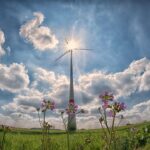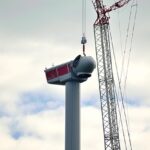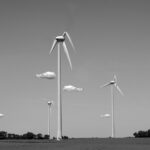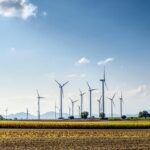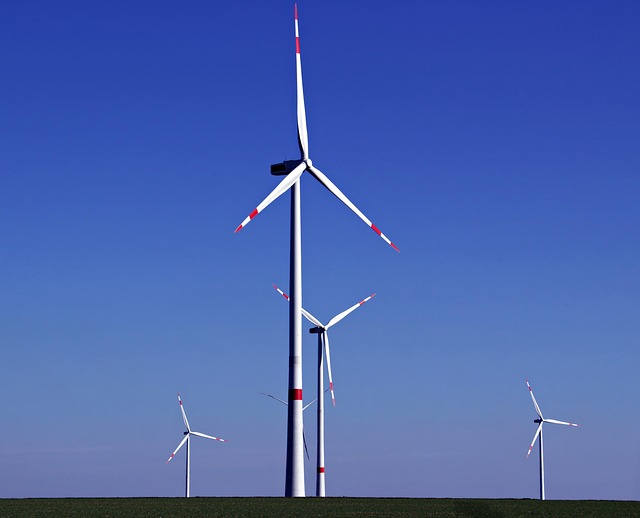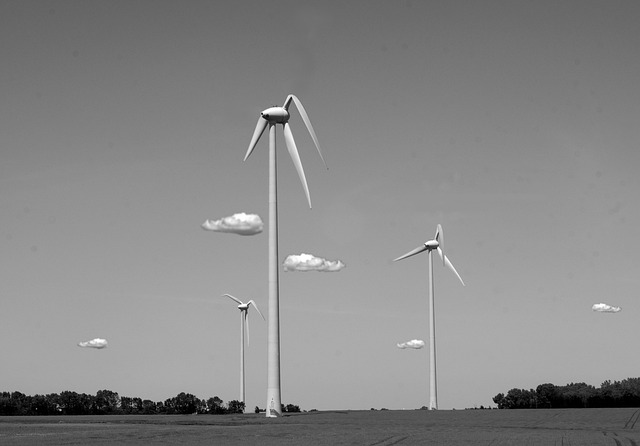Winds of Change: How Wind Power is Transforming Energy
The world is undergoing a significant transformation in the way it generates and consumes energy. As concerns about climate change, dwindling fossil fuel reserves, and energy security mount, renewable energy sources are stepping into the limelight. Among these, wind power stands out as a leading contender in the quest for sustainable energy solutions. This article delves into the revolutionary impact of wind power on our energy landscape, exploring its benefits, challenges, technological advancements, and future prospects.
The Rise of Wind Power
Wind power harnesses the kinetic energy of wind through turbines to generate electricity. Its history dates back to ancient civilizations that used wind for sailing and milling grain. However, the modern wind power industry began taking shape in the late 20th century, coinciding with growing environmental awareness and the need for cleaner energy sources.
According to the Global Wind Energy Council (GWEC), the total installed wind power capacity worldwide has surged dramatically over the past few decades. In 2021 alone, the global capacity reached more than 800 gigawatts (GW), a testament to its rapid adoption. Countries such as China, the United States, and Germany are leading the charge, investing heavily in wind farms and technology development.
Environmental Benefits of Wind Energy
One of the primary reasons for the increasing popularity of wind energy is its minimal environmental impact compared to fossil fuels. Wind power generation produces no greenhouse gas emissions during operation, making it a key player in the fight against climate change. Transitioning from coal and natural gas to wind power can significantly reduce carbon footprints in energy production.
In addition to reducing emissions, wind energy usage leads to cleaner air and water. Unlike fossil fuels, which can result in harmful by-products and pollution, wind power requires no water for cooling processes, preserving precious freshwater resources. The localized nature of wind energy production also means that it can reduce the need for long-distance energy transportation, minimizing associated losses.
Economic Advantages
The wind power sector is not only beneficial for the environment but also presents substantial economic advantages. It generates jobs across various sectors, from manufacturing and assembly to installation and maintenance of wind turbines. In the United States alone, the wind industry employed over 116,000 workers in 2020, with that number expected to grow as technology advances.
Moreover, wind energy has Proven to be one of the most affordable forms of new electricity generation. The cost of onshore wind energy has plummeted over the past decade, with technology improvements and economies of scale driving prices down. As of 2021, the levelized cost of energy (LCOE) from onshore wind was estimated to be even cheaper than that of coal and natural gas in many regions around the world.
Technological Innovation
Technological advancements have been central to wind power’s rapid adoption and efficiency improvements. The evolution of wind turbine design, including larger rotors and higher hub heights, has allowed for increased energy capture. Modern turbines are able to generate electricity at lower wind speeds, enhancing their viability in a broader range of locations.
Innovations such as offshore wind farms have expanded the horizons of wind energy production. Offshore turbines benefit from stronger and more consistent winds, which can lead to higher energy outputs. As a result, countries with extensive coastlines, such as the United Kingdom, are leading the world in offshore wind installations.
Furthermore, the integration of wind energy with smart grid technology is creating opportunities for increased energy efficiency and management. Smart grids allow for real-time monitoring of energy production and consumption, enabling a seamless transition to a renewable energy future.
Challenges Facing Wind Power
Despite its numerous benefits, the wind power industry faces several challenges that must be addressed to realize its full potential. One significant concern is the intermittency of wind energy. Wind speeds can be unpredictable, leading to fluctuations in energy generation. This variability requires complementary energy sources, such as energy storage systems or backup generation from fossil fuels, to ensure a stable energy supply.
Additionally, the installation of wind turbines can encounter resistance from local communities. Issues such as noise, disruption of natural landscapes, and concerns about wildlife, particularly birds and bats, often lead to opposition against new wind projects. Engaging in transparent communication and addressing these concerns is crucial for the successful deployment of wind farms.
Policy and Regulatory Landscape
The role of government policy and regulation in promoting wind power cannot be overstated. Supportive policies, such as renewable energy standards, tax incentives, and feed-in tariffs, have proven to be effective in stimulating investment in wind energy. Various countries are implementing strategies to achieve long-term renewable energy targets, demonstrating a commitment to transition away from fossil fuels.
The passage of legislation to facilitate the development and expansion of wind markets is vital to ensure a steady growth trajectory. Countries that prioritize renewable energy infrastructure and research will likely experience economic growth and increased energy independence as a result.
Global Perspectives and Future Outlook
The global energy landscape is in a state of flux, and the future of wind power appears promising. As technological advancements continue and costs decrease, more countries are likely to adopt wind energy solutions as part of their energy mix. Nations are setting ambitious targets for renewable energy, with many aiming for carbon neutrality by mid-century.
Emerging markets, particularly in Africa and Asia, present untapped potential for wind energy development. Investment in wind power infrastructure can drive economic development in these regions, providing important energy solutions to populations lacking reliable electricity access.
Innovations such as floating wind turbines and advanced energy storage systems are likely to enhance the viability of wind power even further, making it an integral component of a low-carbon energy future. As organizations, governments, and communities embrace the winds of change, wind power offers a reliable path to a sustainable energy landscape.
Conclusion
Wind power is transforming the energy sector by providing an abundant, clean, and economical alternative to traditional fossil fuels. As the world grapples with the challenges of climate change and energy security, wind energy holds the potential to lead us toward a greener tomorrow. The benefits of wind power—environmental sustainability, economic growth, and technological innovation—highlight its crucial role in the future of energy. As we harness the winds of change, the journey towards renewable energy adoption will shape a more sustainable planet for generations to come.
